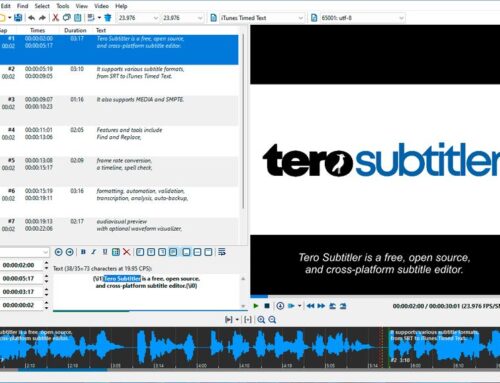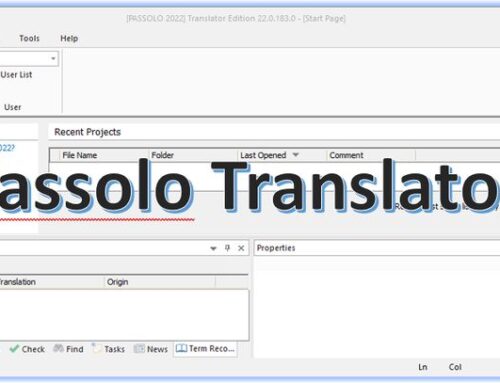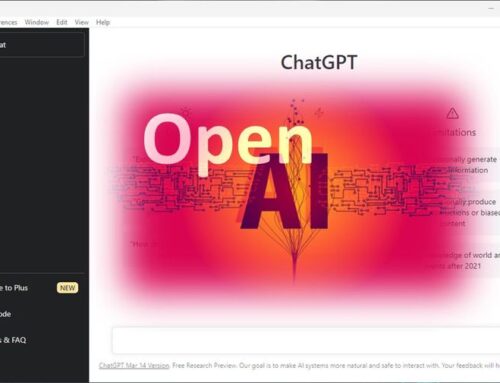Google Translate is a free online translation service. It can perform translations from single words to long paragraphs in many language pairs (e.g., English <-> German, English <-> Japanese). Now with Google’s Neural Machine Translation System this free service is better than ever before. After several months of intense testing, we can now say that the results are great in at least some western language pairs (including English<>German and English<>Spanish). This is true for technical translations (the area our translation service is mainly focused on [and here in German]) but might look different in other areas.
In addition, you can select a term in the source or target fields in the browser with a double-click and instantly get a definition for the term, examples, and other useful information. And with a single click on a term in the target field, you get more suggestions for translations.
However, a note of caution should not be missing here: Since Google Translate is an online service, you should perhaps better not translate confidential texts with Google Translate.
Tip: You can use Google Translate and a bunch of other similar services more efficiently right inside your desktop applications and in all browser apps using QTranslate. Give it a try. One particularly interesting service is that from DeepL. Its translations are often more accurate than those of other services.
Google Translate is NOT a CAT Tool
With all the great translations you get with Google Translate, there are also limitations. Google Translate is not a CAT or Translation Memory (TM) tool. A CAT or TM Tool offers many features to support the daily work of a translator. The most important feature is the creation of a translation memory. A TM is nothing else than a database with all the translations that you have performed before. This means if the same source text (100% match) or a similar source text (fuzzy match) is found in the new document, the CAT tool can suggest a translation. This leverage is a great help and can reduce work a lot.




